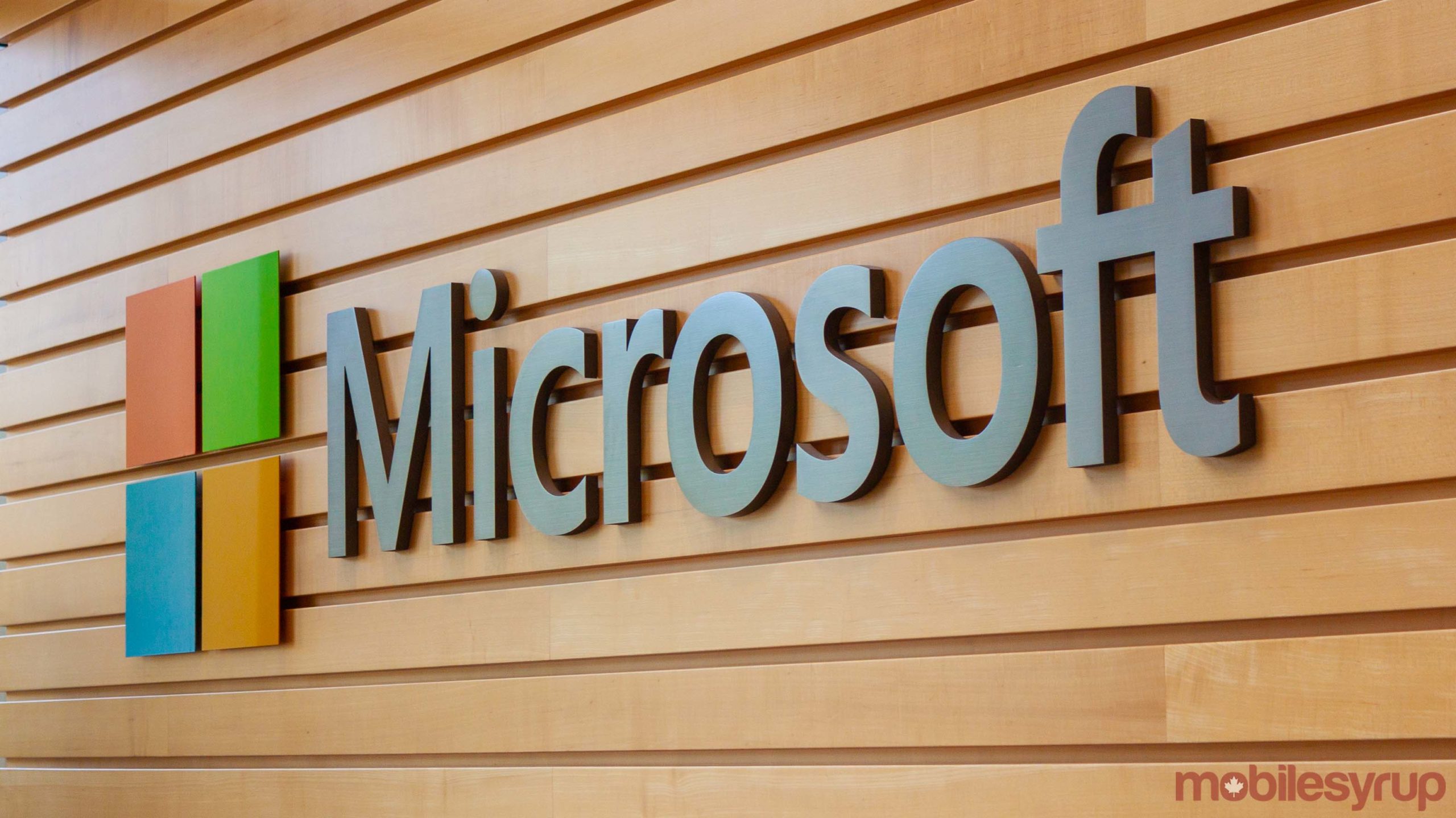
After a year of remote work thanks to the pandemic, Microsoft is sharing a report comprised of various workplace trends for business leaders.
Dubbed the Work Trend Index, Microsoft brought on Edelman Data x Intelligence to survey more than 30,000 full-time or self-employed workers in 31 different markets. The study was conducted between January 12th and 25th, 2021. Further, Microsoft says each market was sampled to represent the full-time workforce across age, gender and region. The sample also took into account work environments (remote, office, etc.), industries, company sizes and job levels.
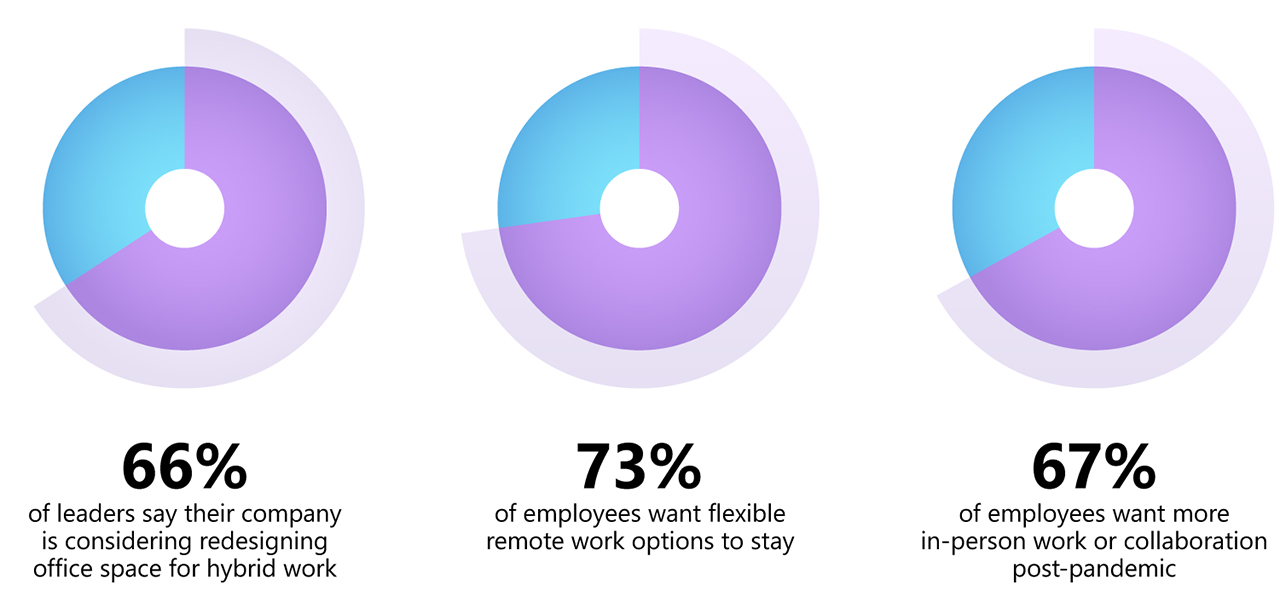
Microsoft’s 2021 Work Trend Index report includes seven “hybrid work trends” that the tech giant believes every business needs to know.
The first trend is that flexible work is sticking around. Microsoft says that 73 percent of the surveyed workers want flexible remote work options to continue. Further, the flexibility of work will define the post-pandemic workplace.
Business leaders need a “wake-up call,” according to study
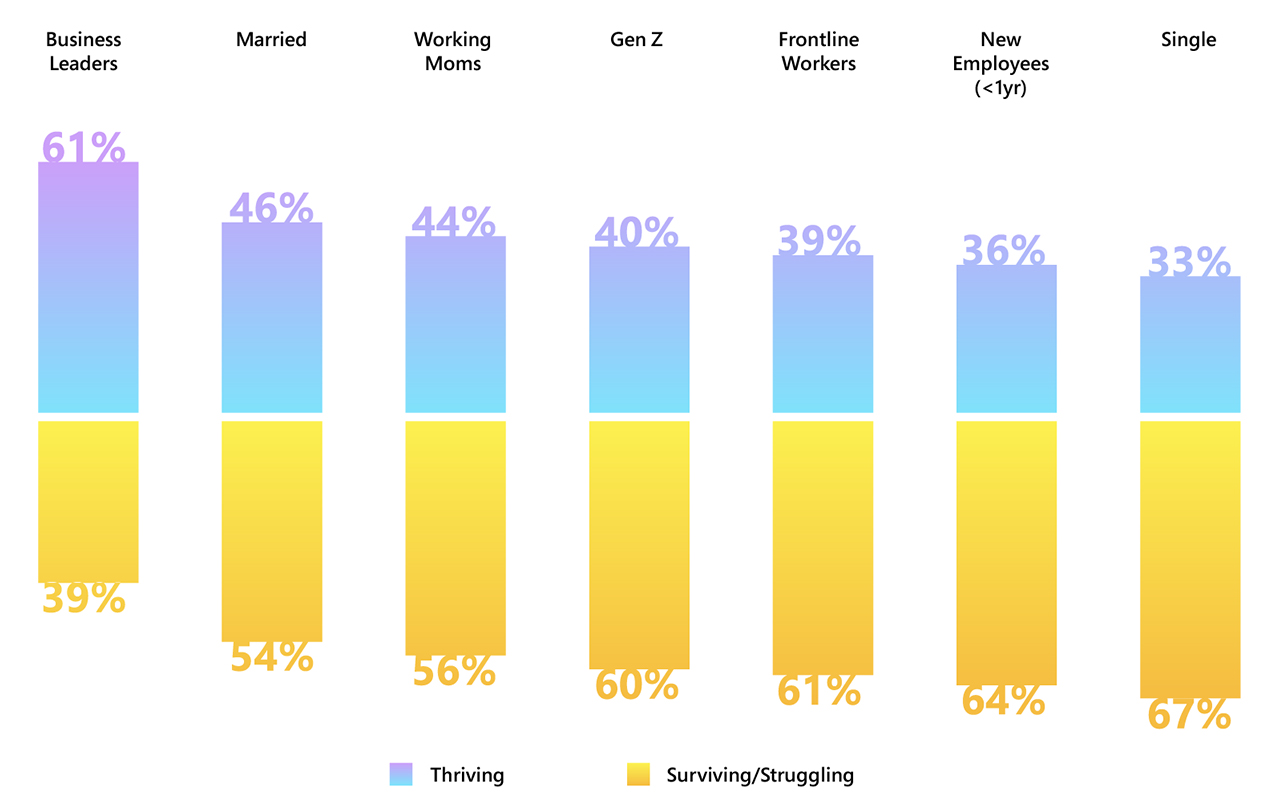
Microsoft also found the leaders out of touch with employees and “need a wake-up call.” 61 percent of business leaders say they’re “thriving,” which comes in 23 percent higher than employees without decision-making authority. On top of that, Microsoft found that Gen Z, women and frontline workers were struggling the most, and 37 percent of the workforce say their companies are asking too much of them.
Zeroing in on Gen Z, Microsoft found that 60 percent of workers in that demographic were “merely surviving or flat-out struggling.” The data suggests that this is partly because Gen Z is likely just getting started in their careers and is more likely to feel the impacts of isolation and struggle with motivation.
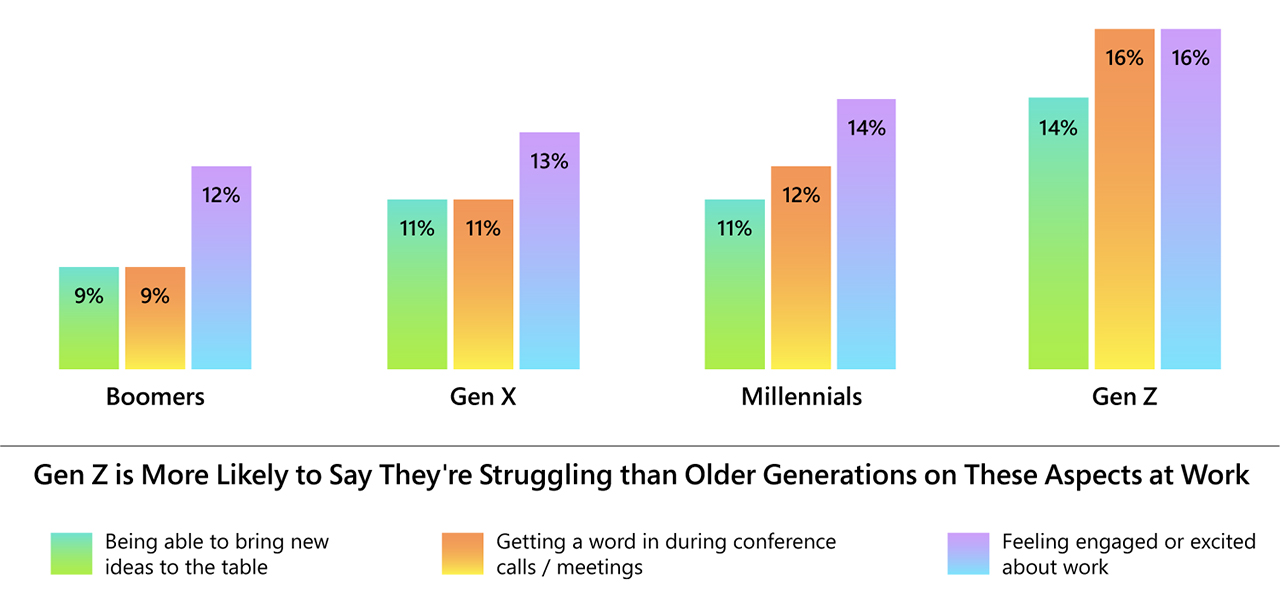
On that same note, Microsoft found a trend of blurring the work/life boundary. Because of this, businesses may see higher productivity, but it’s masking an exhausted workforce that feels overworked.
Canadian workers feel more exhausted compared to global average
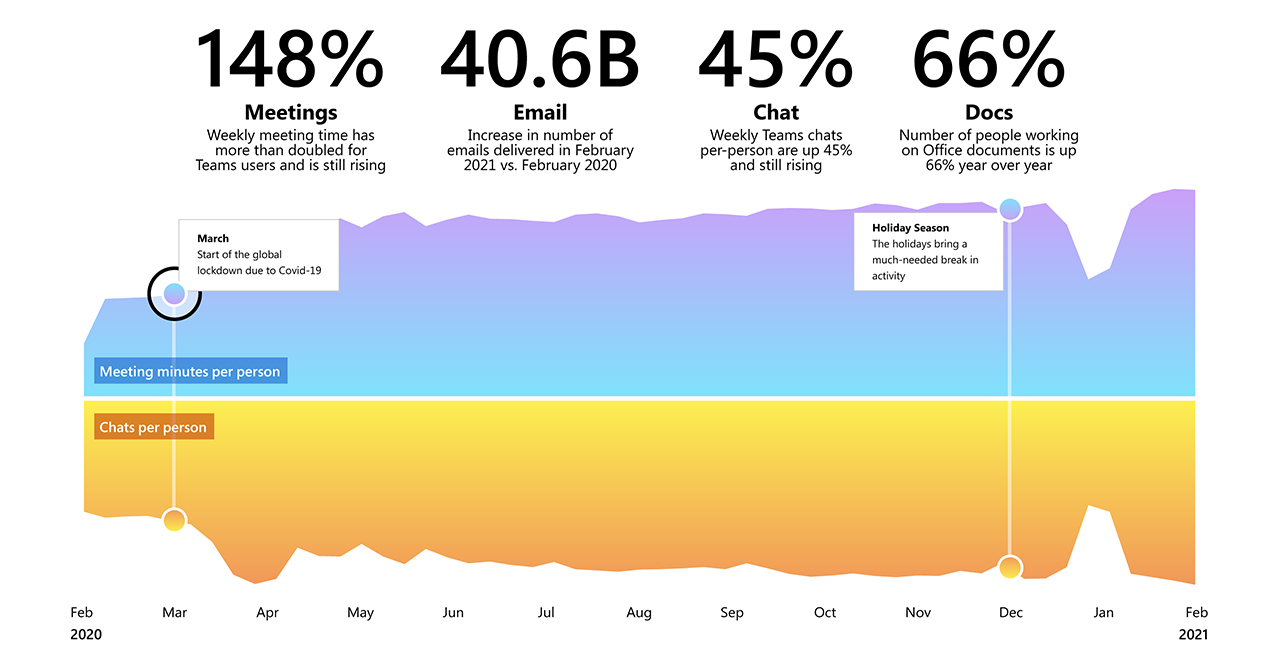
Other trends include a shrinking network as companies become more siloed and employees communicate less with people outside their immediate teams. At the same time, the pandemic and shared difficulties have contributed to a “more human” feel to work, with workplaces becoming more empathetic. Finally, the focus on hybrid work will allow employers to find and hire talent from areas they wouldn’t normally hire from and create a “live local, work global” phenomenon. In other words, Microsoft believes hybrid work trends will allow employees to choose places to live that work for them without jeopardizing their careers.
As for Canada, Microsoft found the Canadian workforce bucked some of the trends it found in the study. For one, Canadian workers are trending towards burnout, with a higher percentage of surveyed workers feeling exhausted by the end of the day compared to the global average.
Additionally, Canadian workers are more likely to feel isolated than the global average, feel less free to be their authentic selves and are less likely to consider changing their employer than workers in other countries.
Those interested can learn more on Microsoft’s WorkLab website.
MobileSyrup may earn a commission from purchases made via our links, which helps fund the journalism we provide free on our website. These links do not influence our editorial content. Support us here.


